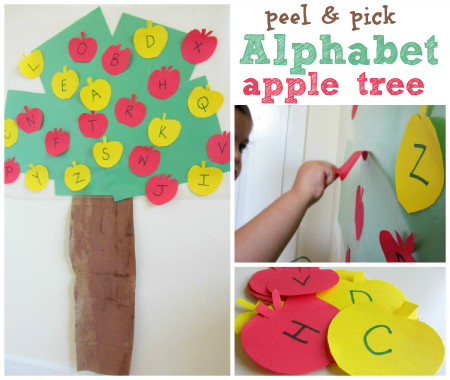It's that time of year...school has started which means "Show N Tell", probably one of our (SLPs) favorite classroom language based activities!!!
Why do we LOVE Show N Tell so much you ask? This simple little activity brings to the classroom what we try so desperately to teach our language delayed kiddos in the therapy room. This one activity targets so many communication skills:
1. How to formulate a grammatically correct question? (expressive language)
2. How to answer a quesion? (receptive and expressive language)
3. Understanding the difference between WH question words (receptive language)
4. Targets Social Skills (taking turns, waiting until one person is finshed before another talks, etc.)
5. Simple way to encourage correct articulation and use of voice for teachers (All day everyday monitoring is NOT possible for teachers, BUT if the classroom teacher just picks one or two activities in their classroom that they can monitor and cue a child to correclty produce target sounds or correct use of volume, pitch, vocal quality...I'd love it to be this one! Target goals in conversation level!)
This is why we LOVE, LOVE, LOVE Show N Tell. So why do teachers dislike such a great language activity?
1. It can take a very long time as everyone wants to ask ?s.
2. You always have the repeat offenders who ask the same ? every time or ask the same ? they just heard.
3. All the kids want to touch and play with each others' toys.
Well I would like to think I can offer teachers a simple solution (at least to problems 1 & 2 above).
Here are some picture cards for the 6 different WH? words that can be used during Show N Tell (or other activities).
I was thinking a teacher could either hold them in her/his hand, or put the picture cards in a bucket and have children pick one at a time and ONLY the child with ? card gets to ask a ? beginning with that word. Once all 6 ?s are asked, Show N Tell for that student is over and the next one comes up.
If you have a HUGE class or lack of time, you can modify this by giving only 3 cards out for each Show N Tell.
Or you can modify however you see fit, but I think you catch my drift here.
There are many benefits to using these question cues card:
1) Using these cards will give your students a visual of what kind of question they should ask.
2) The cards can assure the students when or if it is their turn to talk.
3) The cards can keep this activity going quickly and smoothly.
4) You can make sure you are getting quality questions by using the various question words and so on.
1) Using these cards will give your students a visual of what kind of question they should ask.
2) The cards can assure the students when or if it is their turn to talk.
3) The cards can keep this activity going quickly and smoothly.
4) You can make sure you are getting quality questions by using the various question words and so on.

Note:
The Picture Communication Symbols ©1981–2010 by Mayer-Johnson LLC. All Rights Reserved Worldwide. Used with permission. Boardmaker™ is a trademark of Mayer-Johnson LLC.
DynaVox Mayer-Johnson; 2100 Wharton Street; Suite 400; Pittsburgh, PA 15203; Phone: 1 (800) 588-4548; Fax: 1 (866) 585-6260; Email: mayer-johnson.usa@mayer-johnson.com; Web site: www.mayer-johnson.com
For PDF Version:
Anyway, I hope you enjoy this little freebie! They can easily be adapted for any language activity in therapy or at home (if you are a parent reading this) as well.
You plan on using these for something other than Show N Tell? Comment below and share your great ideas!
Happy Talking!



























